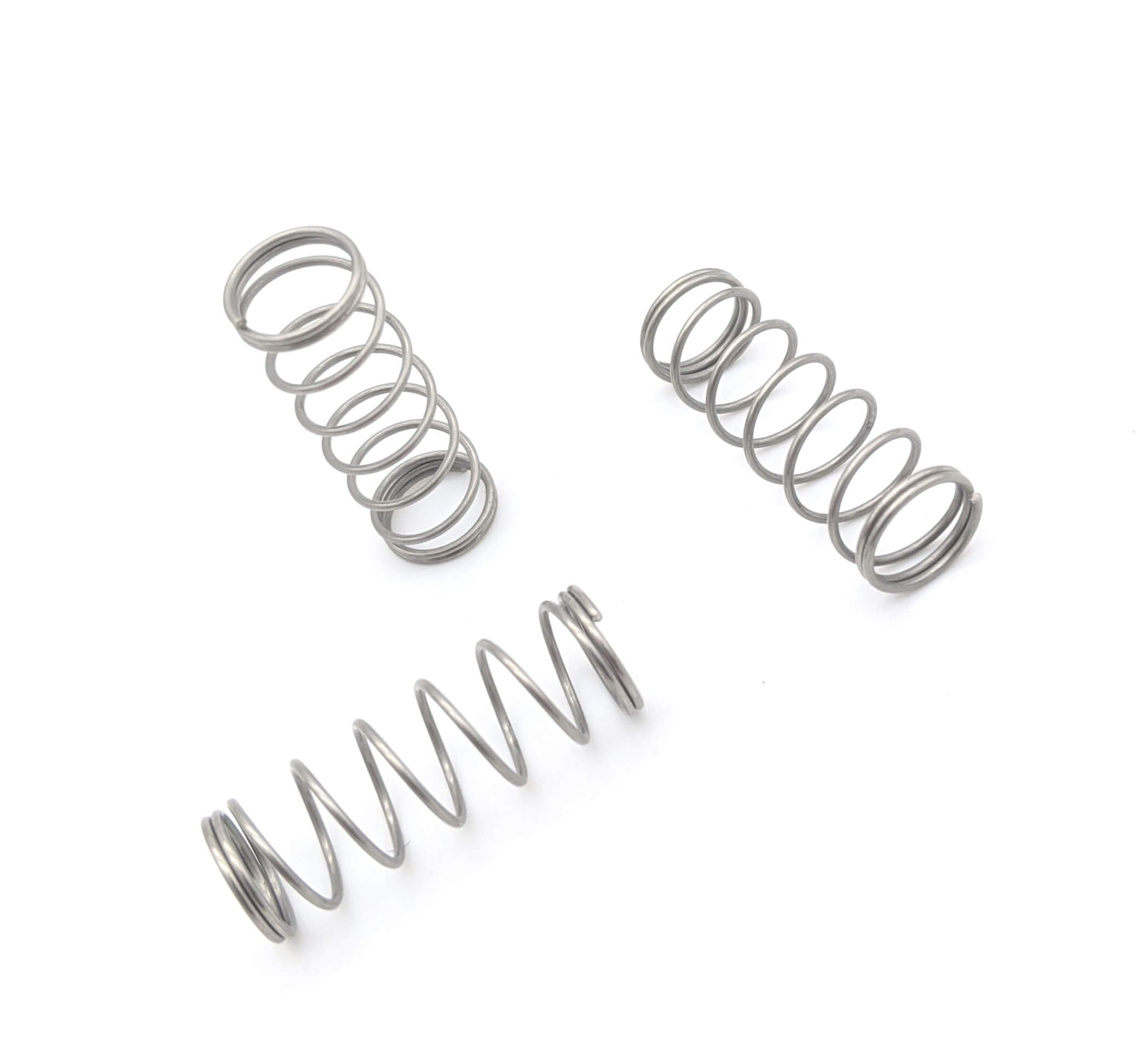Get unique, complex parts easily. No matter your requirements, Chaoyi Spring creates hard-to-produce coil springs and wire forms.
Let us help you create the custom wire form you need, from S-hooks and J-hooks to utility hooks and more.
We work closely with customers across a wide range of industries, helping them design and manufacture made-to-order parts.
Why choose Chaoyi Spring? We prioritize customer-focused collaboration, modern equipment and the latest technology to make your parts per print.
Find the information and guidance you need, from measuring a spring to learning about materials, placing an order and much more.
Small torsion springs, despite their diminutive size, are powerful components with a wide range of applications. They store and release energy through twisting, providing reliable force in various mechanisms. From


Small torsion springs, despite their diminutive size, are powerful components with a wide range of applications. They store and release energy through twisting, providing reliable force in various mechanisms. From delicate door hinges to sturdy automotive parts, these tiny springs play a critical role in ensuring smooth and efficient operation. This article will delve into the fascinating world of small torsion springs, exploring their construction, functionalities, and diverse applications.

Imagine a tiny coil of metal that can pack a punch. That's essentially what a small torsion spring is. These springs, unlike their compression or extension counterparts, store energy by twisting. They are typically made from high-quality materials like steel, stainless steel, or music wire, chosen for their resilience and ability to withstand repeated cycles of twisting and untwisting.
These springs are classified by their size, measured in terms of their diameter and wire thickness. The smaller the diameter and the thinner the wire, the more delicate the spring. However, this apparent fragility is deceptive, as small torsion springs can surprisingly deliver a significant amount of force when activated.
Small torsion springs, with their compact size and powerful performance, find their way into a diverse array of applications, often playing critical roles in the smooth functioning of mechanisms and devices. They're like the little heroes behind the scenes, ensuring things work as they should.
One of the most common applications is in door hinges. Imagine opening and closing your door countless times – the smooth, effortless movement you experience is thanks to the reliable torque provided by a small torsion spring. They are also commonly used in automotive components, acting as the driving force behind door locks, seat adjustments, and even the intricate mechanisms in the steering wheel.
Beyond these everyday examples, small torsion springs find their place in more specialized applications. In electronics, they provide the force needed to activate switches, buttons, and various mechanical components. In medical devices, their precision and reliability are utilized in components like syringes, medical instruments, and even prosthetics.
Selecting the right small torsion spring for a particular application is crucial to ensure optimal performance and longevity. It's not as simple as grabbing the first spring you find! A number of factors need to be considered.
Firstly, the **spring rate** must be appropriate for the application. This refers to the amount of force the spring exerts for a given twist. A higher spring rate means a stronger spring, while a lower rate means a weaker spring. You'll need to choose a spring with a rate that matches the required force for your specific application.
Secondly, the **material** of the spring is vital. The chosen material should be resistant to fatigue and corrosion, and it should be able to withstand the stresses and temperatures inherent to the application. A stainless steel spring might be ideal for environments prone to moisture and corrosion, while a music wire spring may be the better choice when high strength and resilience are paramount.
Finally, the **size** of the spring matters. This involves both the diameter of the coil and the wire thickness. A larger diameter spring can handle greater torque, while a thicker wire will generally offer more durability. Remember, it's about finding the perfect balance for your application.
Small torsion springs, despite their robustness, do require some attention to maintain their efficiency and longevity. Regular lubrication can help prevent wear and tear, ensuring smooth operation and preventing premature failure.
In addition, it's essential to consider the operating environment. Extreme temperatures or corrosive environments can significantly affect the spring's performance. In such scenarios, choosing a corrosion-resistant material and employing protective coatings can be crucial.
While these tiny springs might seem unassuming, their role in ensuring the smooth functioning of countless mechanisms is undeniable. From everyday conveniences like door hinges to critical components in medical devices and electronics, small torsion springs are the unsung heroes of the mechanical world. Understanding their features, functionalities, and applications allows us to appreciate their significance and ensures we select the right springs for our specific needs.
The world of small torsion springs may seem small, but their impact is anything but. They are a testament to the power of miniature engineering, showcasing how even the smallest components can make a big difference. As we delve deeper into understanding their characteristics and diverse applications, our appreciation for these mighty miniatures will undoubtedly grow. So, the next time you open a door or use a device with a spring, take a moment to acknowledge the invisible, yet powerful force working behind the scenes – the small torsion spring.
Browse some of the custom wire forms and springs that we manufacture. Don’t see what you need? We specialize in made-to-order products that meet your application requirements.
Visit Our GalleryNeed a custom wire form or coil spring? We make it work. Fill out the contact form and a representative will respond within 1 business day. If you have a PDF or CAD file, you can submit to request a quote.